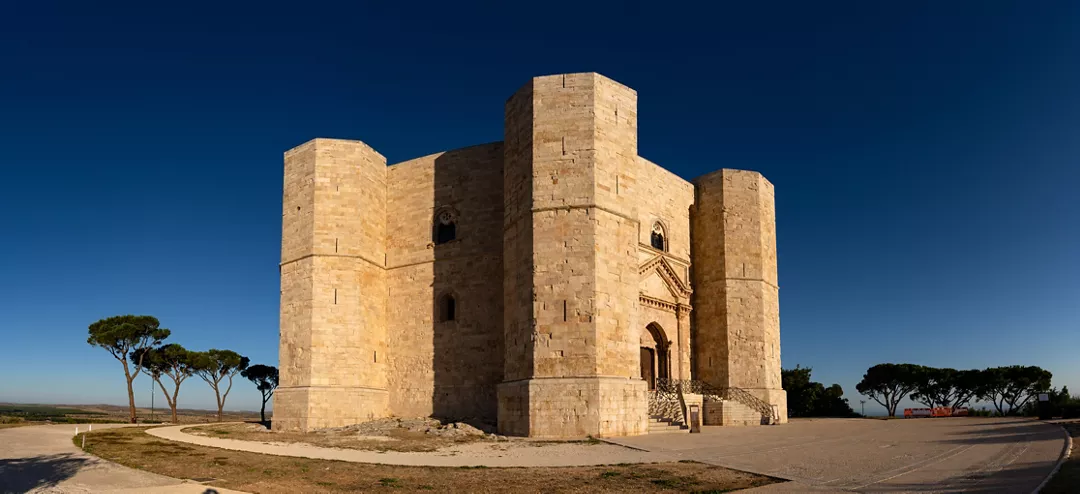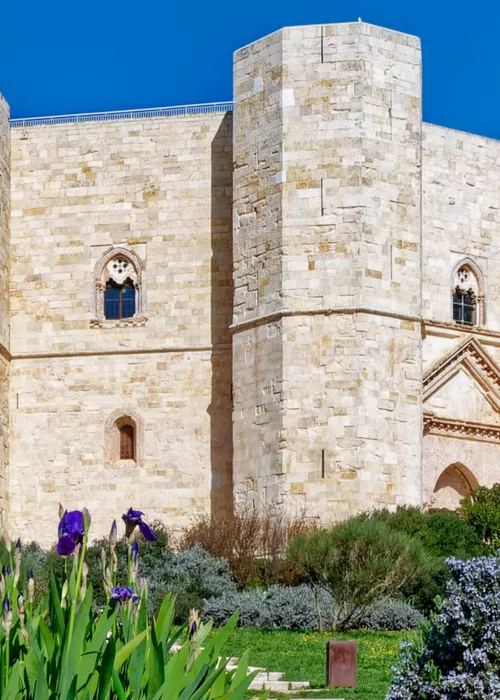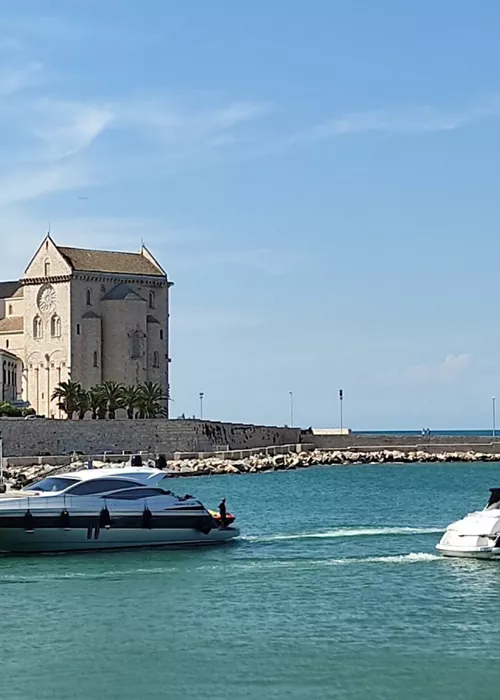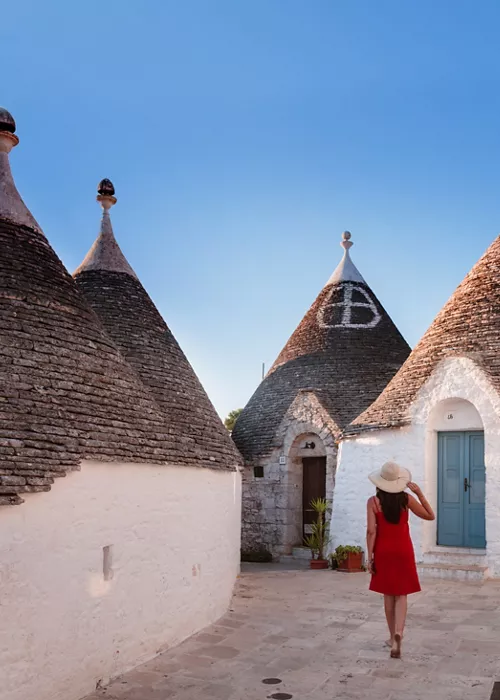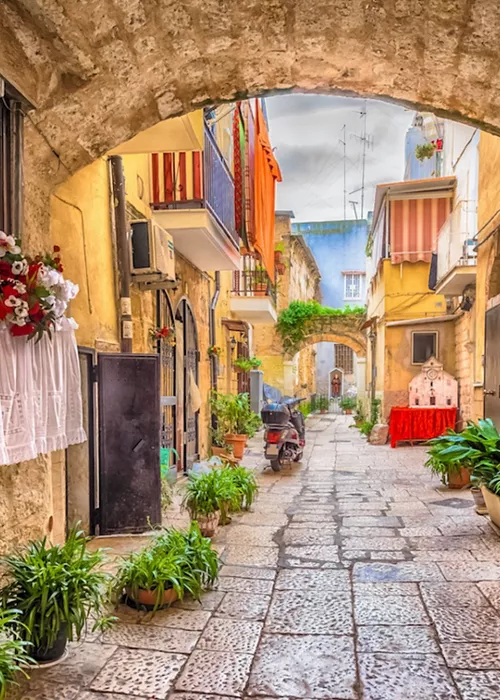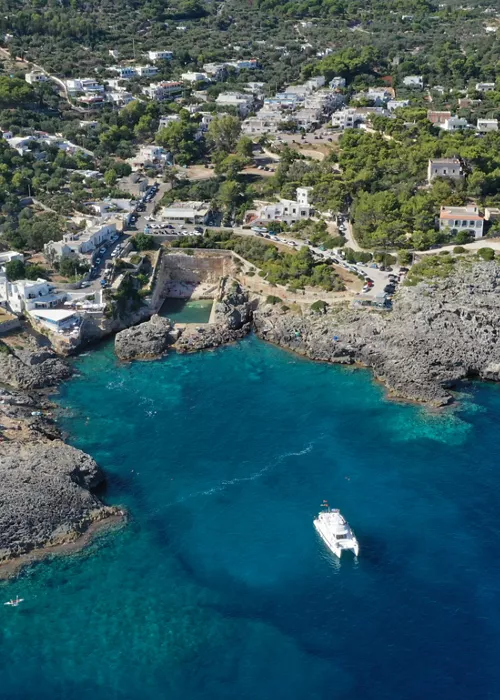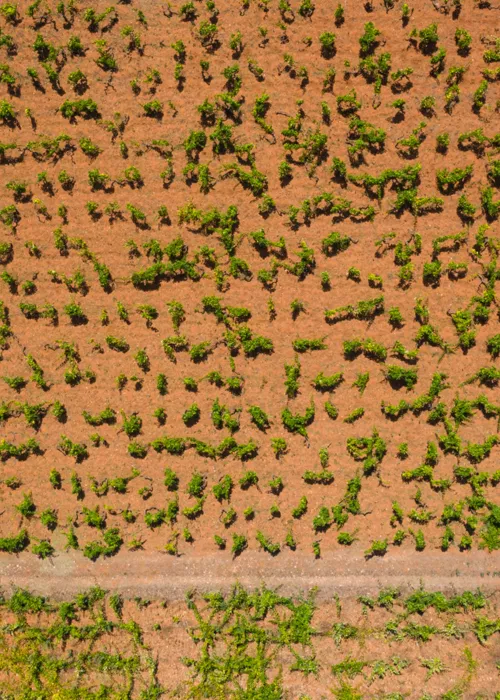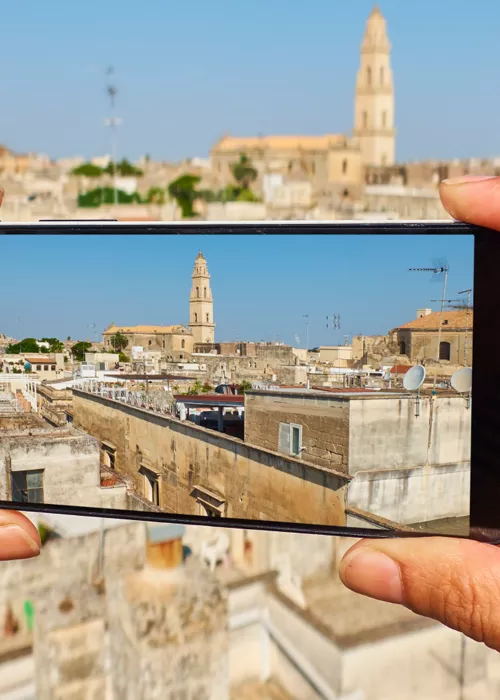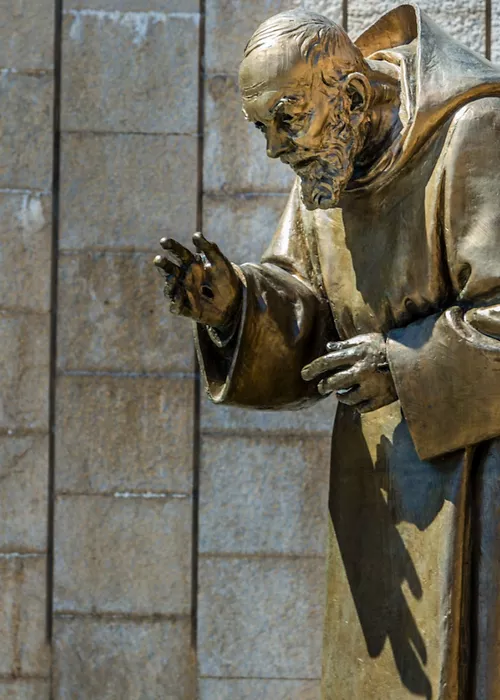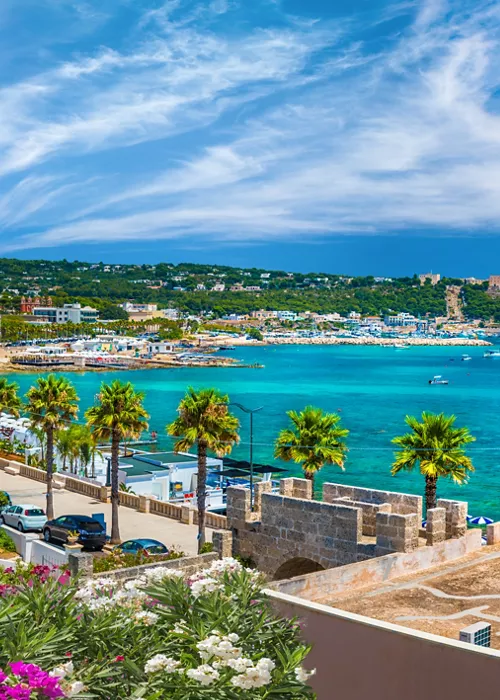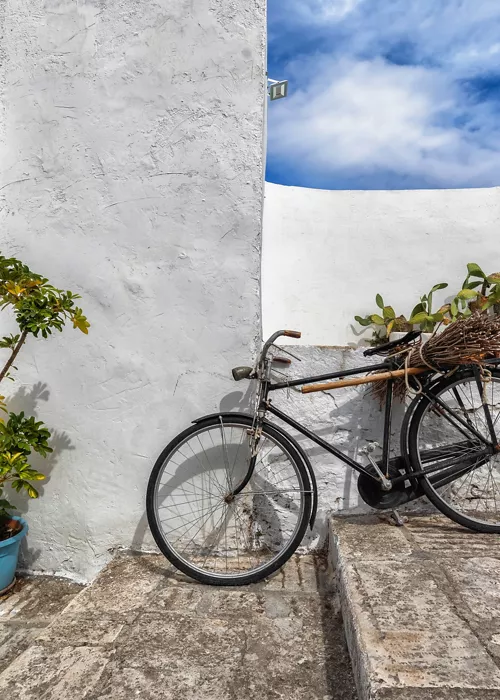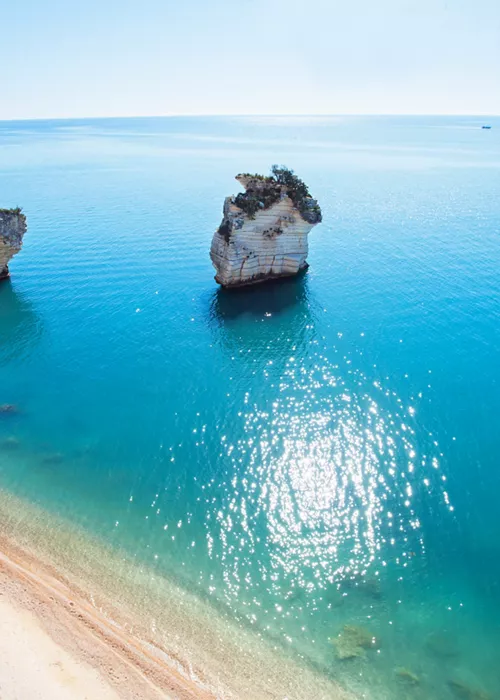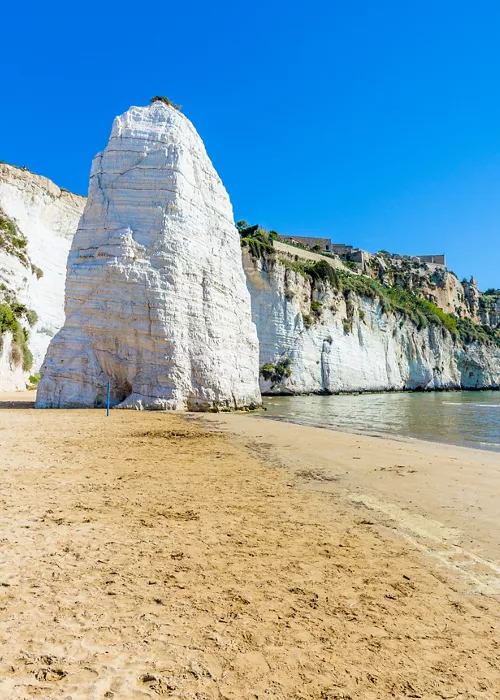Castel del Monte: the fortress of mysteries in Andria
4 minutes
Nestled in the Alta Murgia National Park, it is a masterpiece of medieval architecture declared UNESCO World Heritage, full of symbols and mysteries.
Ready to discover them all?
Castel del Monte and its location
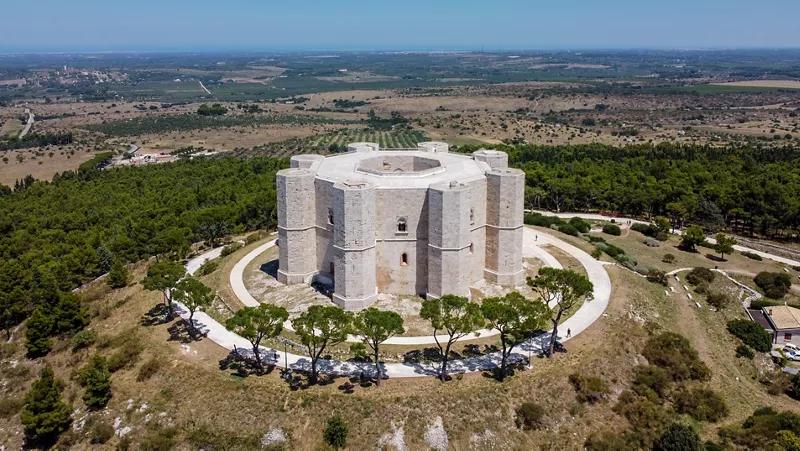
Castel del Monte is one of Apulia’s symbols: a medieval fortress erected in the 13th century on the western Murge plateau on the outskirts of the beautiful town Andria, along the Adriatic coast of southern Italy.
Built by Frederick II on a hill 540 metres above sea level, the fortress of Castel del Monte in Andria is considered a brilliant example of medieval architecture, reflecting the humanistic culture and vast education of its founder, Holy Roman Emperor and King of Sicily.
History and information on Castel del Monte
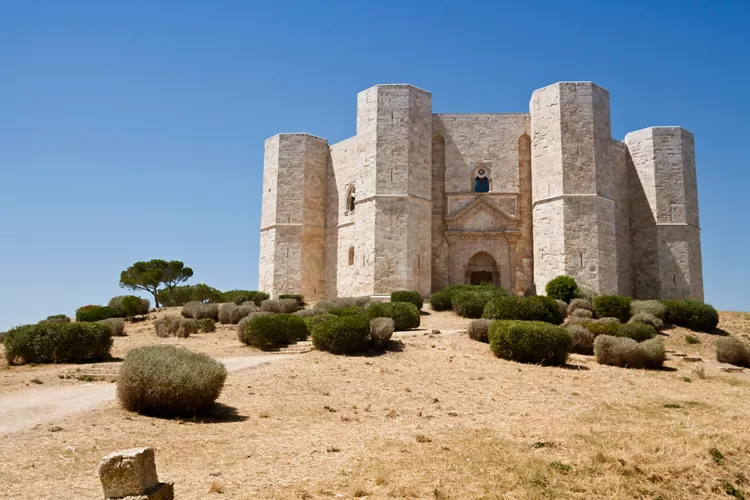
Frederick II of Swabia was one of the most fascinating figures in medieval history, surrounded by an aura of mystery and the protagonist of many legends. He was passionate about mathematics, poetry, philosophy and astronomy and gifted with a cosmopolitan spirit that led him, as Emperor of the Holy Roman Empire first and King of Sicily later, to welcome Greek, Arab, Italian and Jewish scholars to his court.
During his reign, he had many castles built throughout southern Italy, but Castel del Monte is home to certain key aspects of the ruler and his passions.
Castel del Monte was built starting in 1240 based on extremely precise geometric and mathematical calculations, combining different stylistic elements, from the Romanesque cut of the lions at the entrance to the Gothic frame of the windows and portals, without forgetting the classical art of the interior friezes and the Islamic refinements of the mosaics. The location was not accidental either, but designed to create special light and shadow effects at certain times of the year.
Why Castel del Monte became a UNESCO site
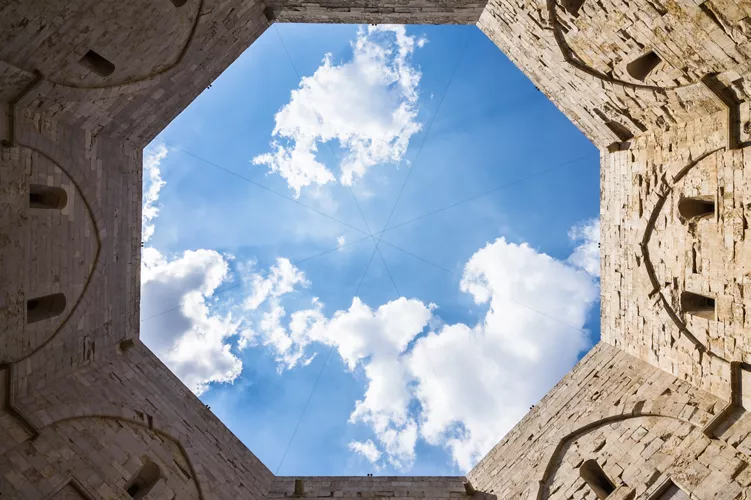
Inextricably linked to Frederick II of Swabia, the fortress of Castel del Monte is an example of medieval architecture which, reflecting the Emperor's humanist ideas, harmoniously blends elements of classical architecture with decorations typical of Arab architecture in Europe.
This formal perfection led UNESCO to consider it a World Heritage Site in 1996, and to recognise Frederick II as one of the forerunners of the modern humanists.
What to see in Castel del Monte
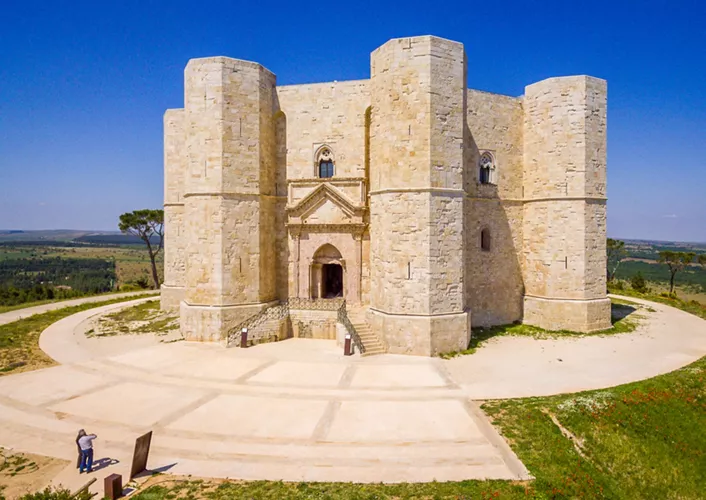
The formal perfection of Castel del Monte can already be noted from a distance, when you enter Alta Murgia National Park from Andria and approach the hill where it stands. You’ll first notice the absence of one of the typical elements of medieval architecture, the perimeter moat, and the peculiar octagonal layout of Castel del Monte, the first glimpse of the symbolism characterising this fortress.
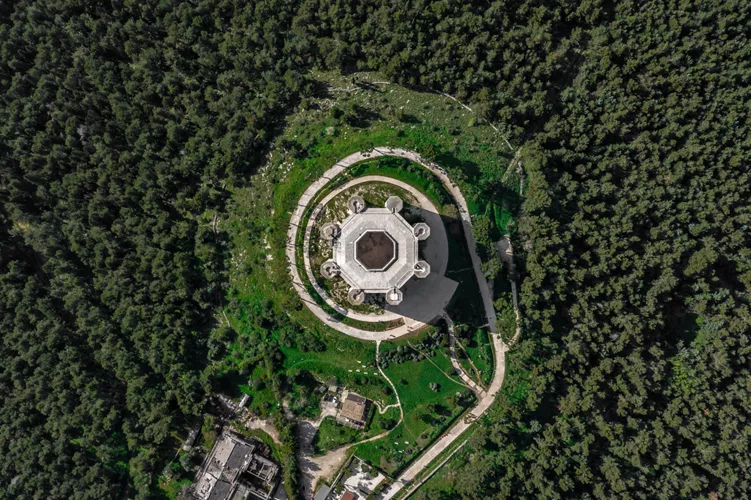
The octagonal layout gives Castel del Monte the configuration of an elegant stone crown, and is present in all the castle's rooms. There are eight rooms on the ground floor, and eight on the first floor. There are eight towers surrounding the building, all with an octagonal layout and each arranged on one of its eight corners.
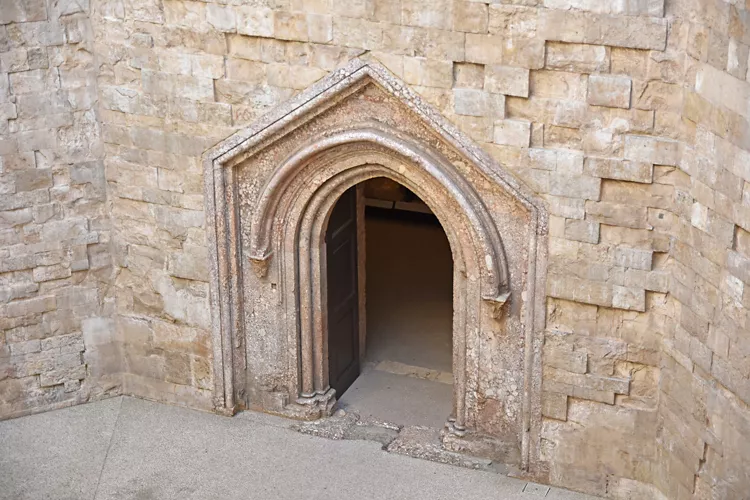
This obsessive recurrence of the number eight makes the fortress of Castel del Monte an esoteric place that has fascinated the best scholars for centuries. But the fortress has more mysteries for you to slowly discover during your visit. The building is accessed through the entrance portal, a large Arab-style arch with a Greco-Roman tympanum and Gothic double-arched windows.
The light colour of the limestone and white marble façades also characterises the interior, now stripped of the decorations that once adorned it. The light illuminating the ground floor comes from eight single-arched windows located on each of the eight sides of the floor plan. The same number of windows can be found on the upper floor, with one small difference: seven windows are double arched, while only one, that facing Andria, is triple arched.
The two floors of the fortress are connected internally by spiral staircases in three of the towers surrounding the building. If you’ve already visited other structures built during this period, you may notice another interesting detail: the spiral staircases, each consisting of 44 steps, are arranged in a counter-clockwise direction, contrary to the defensive construction rules of the time because it would have forced soldiers defending the castle to hold their weapons in their left hand.
This detail is one of many that has led scholars to rule out the hypothesis that Castel del Monte was ever used as a defensive structure. The surrounding walls and moat are missing, the loopholes are too narrow and the entire building is not in a strategic position.
What was Castel del Monte built for then? There are many hypotheses and few certainties: a secluded place to immerse oneself in study, a place to relax based on the model of the Arab hammam, or perhaps a residential and representative palace.

